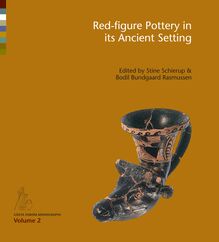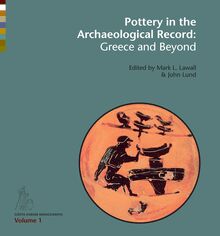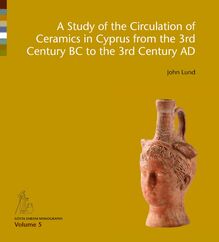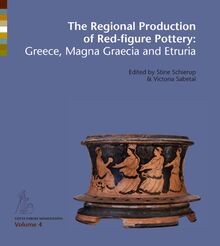The Regional Production of Red Figure Pottery , livre ebook
360
pages
English
Ebooks
2014
Obtenez un accès à la bibliothèque pour le consulter en ligne En savoir plus
Découvre YouScribe et accède à tout notre catalogue !
Découvre YouScribe et accède à tout notre catalogue !
360
pages
English
Ebooks
2014
Obtenez un accès à la bibliothèque pour le consulter en ligne En savoir plus
Publié par
Date de parution
27 octobre 2014
Nombre de lectures
0
EAN13
9788771243949
Langue
English
Poids de l'ouvrage
69 Mo
Publié par
Date de parution
27 octobre 2014
EAN13
9788771243949
Langue
English
Poids de l'ouvrage
69 Mo




